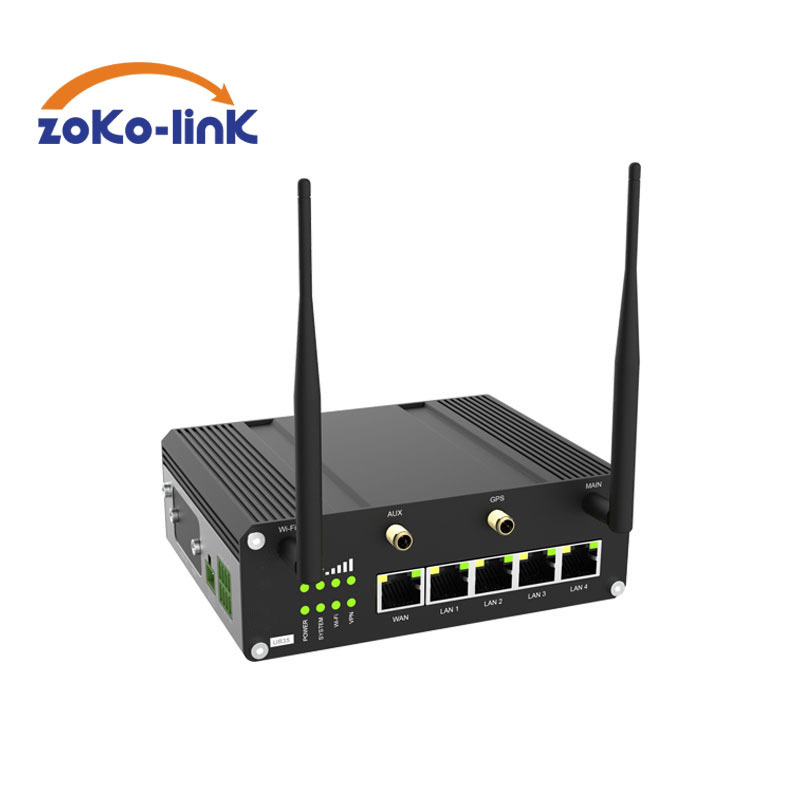

 咨询热线 15388025079
咨询热线 15388025079 时间:2022-01-02 18:22:36 浏览量:781
Classification and application of wireless communication modules
There is a one-to-one correspondence between wireless communication modules and IoT terminals, which belong to the underlying hardware link and are irreplaceable. There is a one-to-one correspondence between the wireless communication module and the IoT terminal, which belongs to the underlying hardware link and is irreplaceable.

Wireless communication module
The wireless communication module enables all kinds of terminal devices to have the ability to transmit information on the Internet, and is the information portal for all kinds of intelligent terminals to access the Internet of Things. It is the key link that connects the perception layer and the network layer of the Internet of Things. The device data generated by all the terminals of the Internet of Things perception layer needs to be aggregated to the network layer through the wireless communication module, and then the device can be remotely controlled through the cloud management platform. At the same time, the data analysis is effective Improve management efficiency of various application scenarios.
The value of wireless communication module:
The first value: hardware integration and software design, fusion of multiple communication standards, to meet the environmental requirements of different application scenarios, greatly simplifying the work of application vendors.
The second value: It is the intermediate link between the upstream standardized chip and the downstream decentralized vertical field, and it needs to meet the specific needs of different customers and different application scenarios.
The profit model of module manufacturers purchases upstream materials for themselves, and is responsible for product design and sales. Production can be done by itself or outsourced to third-party processing plants. Manufacturers can carry out customized development in accordance with application manufacturers' requirements for different application scenarios. The so-called 2G module refers to the module that can access the operator's 2G network, the NB-IoT module refers to the module that can access the NB-IoT network, and so on. Because the Internet of Things is the networking of equipment terminals in all walks of life, including a variety of application scenarios, different application scenarios require different wireless communication modules, so the application scenarios of the modules are particularly rich, and the market space is also very large.
The common industrial wireless communication modules on the market are classified into the following categories:
1. Wireless data transmission module. The manufacturer of this module has made a single-chip microcomputer and has written the wireless communication part of the program. It can send and receive data directly through the serial port. It is simple to use and relatively expensive.
2. The wireless transceiver module generally needs to be controlled by a single-chip microcomputer to wirelessly send and receive data, generally in FSK and GFSK modulation modes.
3, ASK superheterodyne module, mainly used for simple remote control and data transmission.
Application of wireless communication module:
Wireless communication modules are widely used in vehicle monitoring, remote control, telemetry, small wireless networks, wireless meter reading, access control systems, community paging, industrial data acquisition systems, wireless tags, identification, non-contact RF smart cards, small wireless data terminals, security Fire protection system, wireless remote control system, biological signal acquisition, hydrometeorological monitoring, robot control, wireless 232 data communication, wireless 485/422 data communication, digital audio, digital image transmission and other fields.
相关推荐
相关产品